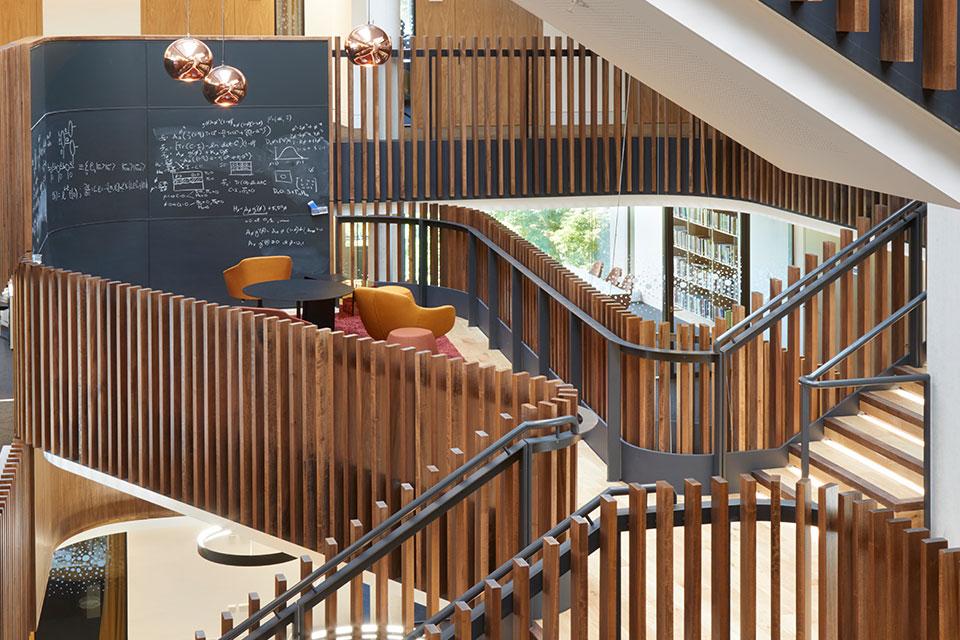Prof Karyn le Hur (Ecole Polytechnique)
Max McGinley maximilian.mcginley@physics.ox.ac.uk
Abstract
Topological states of matter are characterized by a gap in the bulk of the system referring to an insulator or a superconductor and topological edge modes as well which find various applications in transport and spintronics. The bulk-edge correspondence is associated to a topological number. The table of topological states include the quantum Hall effect and the quantum anomalous Hall effect, topological insulators and topological superconductors in various dimensions and lattice geometries. Here, we discuss classes of states which can be understood from mapping onto a spin-1/2 particle in the reciprocal space of wave-vectors. We develop a geometrical approach on the associated Poincare-Bloch sphere, from smooth fields and Berry formalism, which shows that the topology can be encoded from the poles only. These spheres can even be realized in quantum circuits and may find real applications in time, energy, quantum information and quantum phase transitions in curved space. We present a few applications for instance when coupling to circular polarizations and develop a relation with quantum transport and the quantum Hall conductivity. The formalism allows us to include interaction effects as well. We show our recent developments on a stochastic approach to englobe these interaction effects and discuss applications for the Mott transition of the Haldane and Kane-Mele models. Then, we present a prototype model of coupled spheres and show the possibility of fractional topological numbers as a result of interactions between spheres and “entanglement” (the spooky action at distance) allowing a superposition of two geometries, one encircling a topological charge and one revealing a Bell or Einstein-Podolsky-Rosen (EPR) pair. Then, we show applications of the fractional topological numbers C=1/2 in bilayer honeycomb models describing topological semi-metals.

